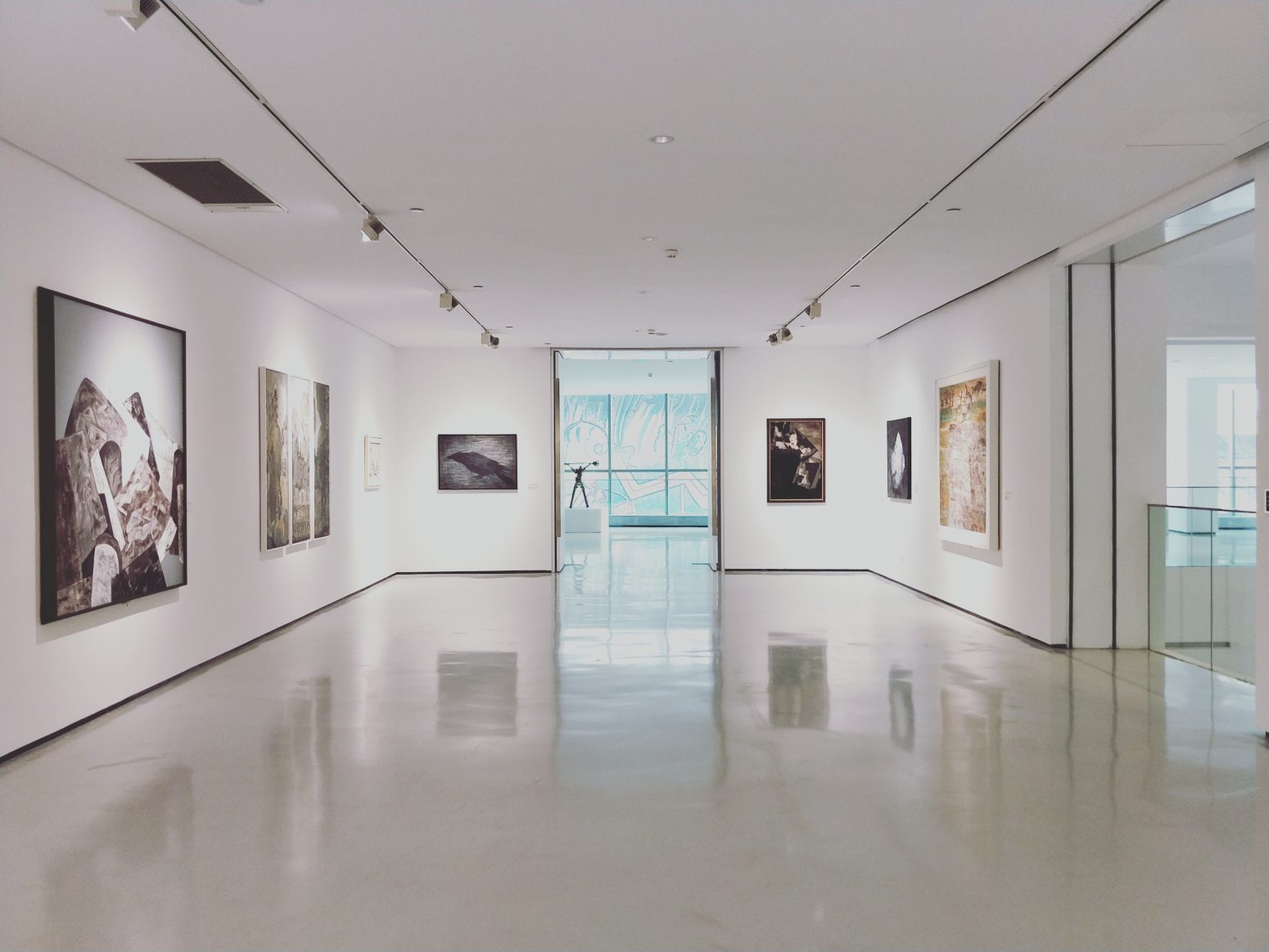Navigating the realization that something you treasure is a spoil of war is, at first, uncomfortable. Then, when you delve into context, it becomes outright horrifying.
This article was originally published on ThriveGlobal
In mid-February, the Metropolitan Museum of Art announced that it would be investigating the ownership and history of an oil painting that hangs in Gallery 634. The 17th-century work in question portrays the rape of Tamar in the Old Testament — and at first, no one at the Met thought anything of it, aside from some uncertainty over which ancient story is depicted.
The museum had bought the piece at auction in December of 1983. At the time of sale, the auction catalog noted the painting as a portrayal of “Tarquin and Lucretia” and listed it only as “the property of a gentleman.” Curators later wrote that the painting had “no known provenance prior to its appearance at auction at Christie’s, London, 2 December 1983.”
Of course, the painting did have a history — and, though the museum curators wouldn’t have known it at the time — the story of that “unknown gentleman’s” loss and attempted reclamation of the painting was far more traumatic than the artwork’s innocuous gallery label ever suggested.
The gentleman’s name, before it was wiped from the painting’s ownership record, was Sigfried Aram. A Jewish art dealer living in pre-WWII Germany, Aram was forced to sell his home — with the painting inside — to a German businessman for a mere fraction of its worth in 1933. Faced with a rising tide of Nazism, Aram gave up his protests and fled Germany. For years following, the art collector struggled to reclaim his painting, insisting that the buyer had taken advantage of the anti-Jewish hatred of the time to force him to capitulate on an unfair deal. Despite countless court battles, his efforts never succeeded.
Aram’s struggles to take back the stolen painting were painstakingly compiled by Joachim Peter, a researcher and photographer who has dedicated years to studying the treatment of Jews in Aram’s former home of Heilbronn. It was Peter’s findings that launched a New York Times story on the art dealer’s failed quest to reclaim his property and ultimately sparked the Met’s investigation into the painting’s history.
The museum’s investigation offers justice that is over four decades too late for Aram, who passed on in 1978 without leaving family behind. There is no catharsis here, no returning the portrait to its actual owners in an attempt, however late, to make matters right. All the Met could do — and did as of February 26th — is adjust the painting’s wall label to note Aram’s ownership.
It is worth noting that the Met does (now) have strict policies in place to navigate the complexities of addressing potentially stolen art. The museum’s guidelines mandate that curators should thoroughly examine the acquisition of works that were likely to have been in German-occupied Europe between the years of 1933 and 1935 and, if necessary, take the necessary steps to make certain that the transaction is fair and respectful.
But still, the museum’s solution that feels underwhelming in the face of Aram’s loss and the context of the Holocaust. Aram’s painting stands as a reminder of all the other treasured possessions that were stolen, destroyed, or commandeered during the Holocaust. We crave a solution that makes us feel as though that loss has been acknowledged, recognized, and even in a small way, restituted. And yet, for many, there is no such sense of closure.
The frustration that underpins Aram’s story is an issue that goes beyond the museum, the painting, or even Aram. As New York Times journalist Graham Bowley writes in his investigation of the matter, “As much as the story of the painting is a question of ownership, it is also a vivid illustration of how much less equipped and attentive the world once was on the issue of art lost during the Nazi era.”
During the abuses of the Nazi regime, untold thousands of personal belongings and treasures were taken from European Jews without any payment. Returning them should be as simple as saying “that doesn’t belong to you” — but returning those artifacts to their rightful owners is a more complicated process. What do we do if the “rightful owners” were killed in the genocide and their families forced to flee their homeland for safer ground? How do we acknowledge the crime when, as with Aram, there are no descendants to whom we can return those treasures?
These are questions that matter. Even if restitution only means changing a line on a three-by-five gallery card four decades after the fact to reflect true ownership, it should be taken — because that recognition matters. Otherwise, the trauma of the original theft is (even inadvertently) accepted, that first crime forgotten.
Sometimes, those crimes are even compounded. In 2016, the UK-based Commission for Looted Art in Europe (CLAE) announced its findings that after the Monuments Men returned Nazi-stolen art to the German government on the condition that the victims’ families be restituted for their loss, the artworks were instead given back to the Nazis who stole them. In other cases, the government simply kept the art; state-owned museums in Munich reportedly profited from Nazi-looted art until the mid-1990s.
The horror of the 2016 disclosure hammers home the fact that the issue of returning Nazi-stolen art wasn’t solved in the decade following WWII. It’s still a problem today — and will likely continue to be a concern that museum curators, collectors, and governments will need to be mindful of in the future.
That said, there are some hopeful stories. In January, DW News reported that the Leverkusen-based company Bayer AG returned an Oskar Moll painting that had been stolen during the war and owned by Bayer since 1951 to the descendants of the painting’s Jewish owners. Only a day later, Germany’s Federal Commissioner for Culture and Media made a similar return of three Nazi-looted artworks to the heirs of their rightful owners.
These ceremonial returns offer the kind of closure that we lack in Aram’s case. We want to feel that the tables have been righted, recompense given, justice restored. But the Met’s current investigation leaves visitors with no catharsis, no sense of rightness, no sense of real justice. It would feel better if whoever had benefitted from the sale had donated the money to the Holocaust Museum in Washington or given directly to help remaining Holocaust survivors.
But Aram’s failed quest for his painting reminds us of why we still strive to return Nazi-looted art. The edited lines on his painting’s gallery card remind us that there is still work to be done, amends to be made, and losses to be memorialized — and that it is all worth doing, even if no descendant is left to see the effort. We need to keep acknowledging and righting crimes committed during the Holocaust because if we don’t — if we turn a blind eye to past abuses to benefit ourselves — we recast our cherished possessions, once more, into the spoils of war.






